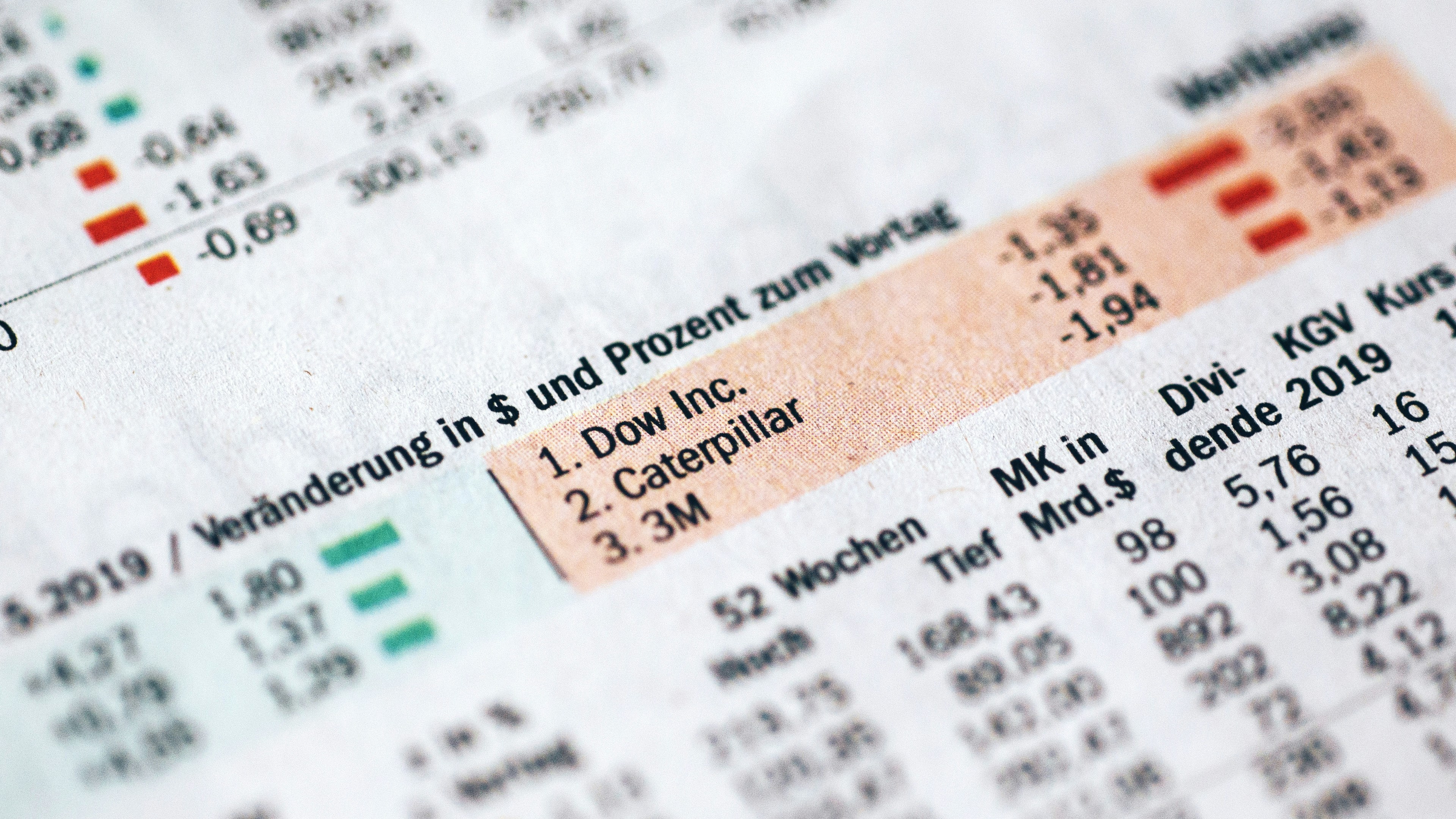
Understanding Big Data
Big data refers to the immense and complex datasets that exceed the capability of traditional data processing software, demanding advanced analytical approaches for analysis, management, and understanding. The defining characteristics of big data, commonly articulated through the four Vs—volume, velocity, variety, and veracity—serve to illustrate its significance in contemporary business decision-making.
Volume pertains to the sheer scale of data generated, which can range from terabytes to petabytes or more. This accumulation of data originates from various sources, including, but not limited to, social media platforms, Internet of Things (IoT) devices, and transactional systems. The growing presence of these sources plays a crucial role in the exponential increase in data generation. Social media, for instance, generates vast amounts of user-generated content every moment, while IoT devices continuously collect and transmit information regarding contexts and behaviors.
Velocity indicates the speed at which data is generated and processed. Organizations now operate in real-time or near-real-time environments, necessitating quick responses based on rapidly changing information. This requirement highlights the importance of capable analytics systems that can keep pace with the influx of data, ensuring timely and informed decision-making. Variety, on the other hand, acknowledges the diverse formats and types of data, from structured databases to unstructured data like text, images, and videos, necessitating adaptable analytical tools to accommodate varied data types.
Lastly, veracity concerns the quality and reliability of the data. High veracity data minimizes discrepancies and inaccuracies, enabling entities to derive meaningful insights. As data analytics technologies have evolved, they have equipped organizations to effectively process and analyze these extensive datasets, deriving actionable insights that are critical to driving informed decisions. Through harnessing big data, companies can enhance strategic planning, improve operational efficiencies, and ultimately, gain a competitive advantage in their respective markets.
The Role of Big Data in Decision Making
In recent years, the role of big data in decision-making processes has gained increasing recognition within organizations. Historically, companies relied on traditional data analysis methods, which often involved limited datasets and subjective interpretation. However, the advent of big data technologies has transformed this landscape, allowing businesses to harness vast amounts of information from diverse sources, such as social media, transactional records, and sensor data. This transition has paved the way for data-driven decision-making frameworks that empower organizations to make informed strategic choices.
One significant advantage of utilizing big data is the ability to identify patterns and trends that were previously undetectable. For instance, companies like Netflix leverage big data analytics not only to understand viewing preferences but also to predict future trends. By analyzing user behavior and engagement metrics, Netflix can make strategic decisions regarding content acquisition and development, ensuring they meet the evolving demands of their audience. This data-centric approach has contributed significantly to their growth and market leadership.
Another prominent example is that of Amazon, which utilizes big data to enhance customer engagement and optimize operational efficiency. The company analyzes purchasing behavior, browsing history, and even product reviews to tailor personalized recommendations and improve user experience. This detailed understanding of customer preferences allows Amazon to make data-driven decisions that lead to increased sales and customer retention.
Moreover, big data also plays a vital role in market entry strategies. Companies such as Airbnb analyze demographic trends and customer preferences in potential markets, which enables them to strategically plan their expansion efforts. By employing advanced analytics tools, they can assess market viability and mitigate risks associated with entering new geographical areas. Through these practical applications, it is evident that big data is integral to modern decision-making processes, enabling organizations to navigate complex business environments with greater confidence.
Tools and Technologies for Big Data Analytics
The field of big data analytics is primarily driven by an array of tools and technologies that facilitate the effective management and analysis of vast datasets. Companies rely on various data analytics platforms, each designed to cater to specific organizational requirements. Among the most prominent platforms are Apache Hadoop, Apache Spark, and Microsoft Azure, which support distributed storage and processing of big data. Hadoop enables fault-tolerant data storage across clusters, while Spark is known for its speed and efficiency in real-time data processing.
Data visualization tools play a crucial role in making large datasets comprehensible. Tools such as Tableau, Power BI, and QlikSense allow organizations to create interactive and visually appealing dashboards. These tools help stakeholders to gain insights and make informed decisions based on the visual representation of data. They also offer features that facilitate real-time data analysis, thus bridging the gap between data science and business strategies.
Furthermore, advanced technologies such as machine learning (ML) and artificial intelligence (AI) significantly enhance big data capabilities. Machine learning algorithms can identify patterns and trends within datasets, allowing for predictive analytics and automation. AI systems, with their ability to process and analyze data at scale, help organizations in gaining deeper insights, ultimately driving data-driven decision-making. Technologies such as TensorFlow and Keras are increasingly popular among data scientists for developing AI models.
In evaluating these tools, it is essential to consider how they align with specific business needs. For instance, an organization focusing on customer relationship management might prioritize data visualization tools, while a company aiming to develop predictive models may invest more heavily in machine learning technologies. Overall, the choice of big data analytics tools is critical in enabling organizations to leverage vast information effectively and derive actionable insights.
Challenges and Considerations
The implementation of big data strategies presents numerous challenges for organizations, which must be effectively addressed to harness the full potential of data. One primary concern is data privacy and security. As businesses collect vast amounts of information, the risk of data breaches grows. Organizations must ensure compliance with regulations, such as the General Data Protection Regulation (GDPR) and the California Consumer Privacy Act (CCPA), which require that user data is handled responsibly. Failure to adhere to these regulations can not only result in significant financial penalties but also damage an organization’s reputation.
Another challenge lies in data quality management. Organizations often aggregate data from various sources, which may lead to inconsistencies or inaccuracies. Poor data quality can skew analysis results and potentially misinform decision-making processes. To mitigate this risk, businesses must invest time and resources in ensuring data accuracy, consistency, and completeness. This may involve adopting standardized data management practices and employing advanced data validation tools to enhance the reliability of the information used for analysis.
Furthermore, the need for skilled personnel cannot be overstated. Big data initiatives require professionals who are adept at data analytics, machine learning, and data engineering. The shortage of qualified data scientists and analysts can hinder an organization’s ability to implement effective data strategies. Consequently, companies may need to invest in training programs or partner with educational institutions to cultivate a workforce capable of navigating the complexities of big data.
Ethical considerations in data usage also warrant attention. Organizations must reflect on the impact of their data-driven decisions on society and individuals, ensuring that their practices do not contribute to discrimination or bias. Establishing a robust data governance framework is essential for ensuring responsible data usage. Such a framework should clearly define roles and responsibilities, data stewardship, and best practices for maintaining ethical standards in the handling of big data.








